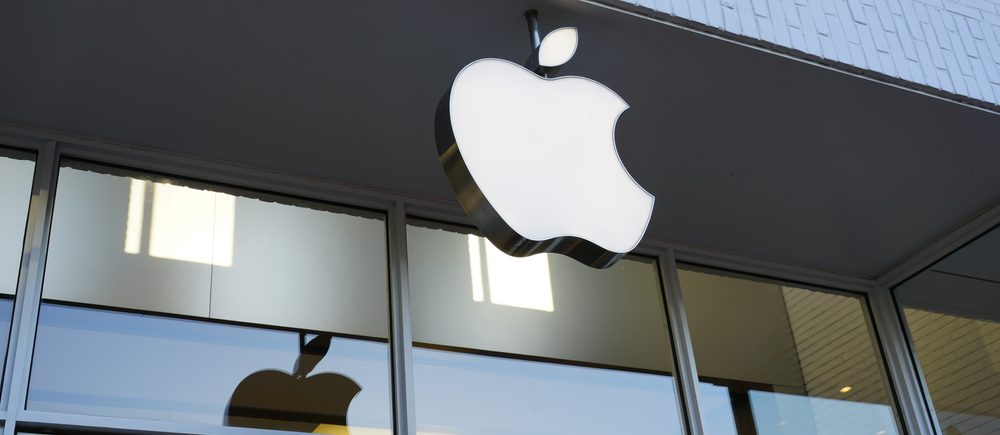The largest retreat on Thursday’s declines on the S&P 500 and Nasdaq Indexes was Apple, along with a selloff in chip companies due to worries over China’s iPhone bans. Concerns about interest rates and persistent inflation increased as a result of a drop in weekly US unemployment claims.
The S&P heavyweight Apple Inc.’s shares dropped 2.9%, marking the company’s second straight day of losses, after it was revealed that China has increased restrictions on iPhone use by state employees and ordered some employees of core government organisations to stop using their phones while at work. The technology sector of the S&P 500 experienced the largest percentage decrease among the benchmark’s 11 major sectors, falling 1.6% as a result of Apple, its suppliers, and businesses with significant exposure to China.
According to a US Labour Department report, American jobless claims dropped to 216,000 for the week ending September 2 and reached their lowest level since February. However, investors were concerned that this would encourage the Federal Reserve to maintain its tight monetary policy, which would pressure stocks. Also due in a week, August inflation numbers were being cautiously anticipated by investors.
Manuelian cited “some worry among investors that inflation might start to pick up again, which isn’t crazy” as a result of the recent steep increase in oil prices. According to the CME Group’s FedWatch Tool, bets on the Fed keeping interest rates constant in September were 93% higher than the odds of another delay in the meeting in November, which were substantially lower at 53.5%.
With a 1.3% increase, defensive utilities led all S&P sectors, which Edward Jones’ Fehr interpreted as further indication of the market’s risk-off state. While shares of Apple suppliers including Skyworks Solutions, Qualcomm, and Qorvo all dropped more than 7%, the Philadelphia semiconductor index dropped 1.98%.
John Williams, president of the New York Fed, said it a “open question” if monetary policy is stringent enough to restore the economy’s equilibrium. Prior to the Fed’s September meeting, he pointed to impending data releases as a major reason for the market’s drop. On the NYSE, declining issues outnumbered rising ones by a ratio of 1.80 to 1; on the Nasdaq, the ratio was 2.03 to 1. The Nasdaq Composite had 22 new highs and 268 new lows, compared to the S&P 500’s 13 new 52-week highs and 26 new lows.

Apple
 Noor Trends News, Technical Analysis, Educational Tools and Recommendations
Noor Trends News, Technical Analysis, Educational Tools and Recommendations




